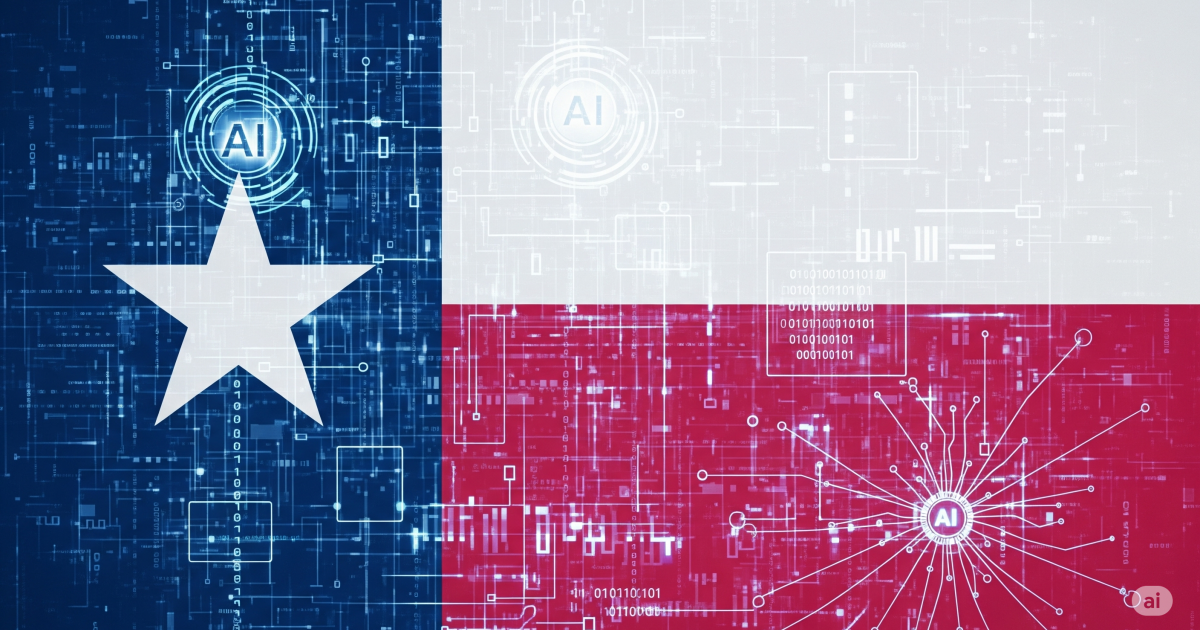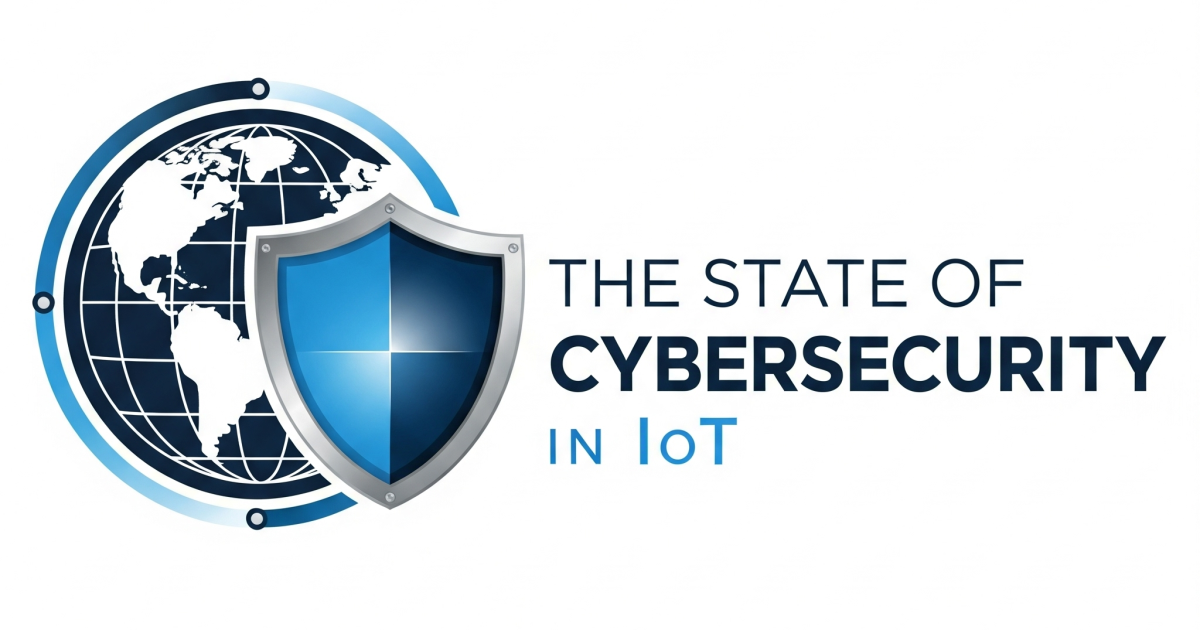Are doctors, pharmacists, nurses and physiotherapists ready to adopt connected health devices? What are the obstacles and handicaps to overcome? To answer these questions, Le Lab e-Santé has announced a large field-based study called UPDOCS to determine how ready medical professionals are to use connected health devices and share the generated data.
UPDOCS will be the first multi-partner study to explore healthcare professionals’ use of connected health devices. The coordination, implementation and follow-up are being overseen by Virtual Care, data analysis by InAdvans, and the data integration platform by Tactio Health Group, in partnership with Claranet for authorized health data hosting, according to the announcement.
It is supported by GCS Poitou-Charentes, Groupe Pasteur Mutualité (tablets provided to study centers) and Terraillon (connected devices provided at cost price).
UPDOCS has the main aim of assessing the general use of connected devices made available to patients by staff within multidisciplinary health facilities, healthcare centers or pharmacies. It will also attempt to find: what obstacles and drivers there are to healthcare adoption of connected health devices in the workplace; profiles of healthcare professionals who see benefits to using the technologies; practical uses of these technologies; if multidisciplinary health facilities are effective platforms for various healthcare professionals to adopt connected health devices.
UPDOCS concluded its initial phase on January 31. It will last ten months amongst healthcare professionals and six months for patients. The study centers now include six multidisciplinary health facilities (with two in the Poitou-Charentes region), two pharmacies and one healthcare center, representing forty healthcare professionals in total.
“The forty healthcare professionals have activated thirteen Virtual Santé accounts. That already shows that information is being shared naturally, with one account used by several healthcare professionals to monitor one or more patients,” said Frédéric Faurennes, CEO, Virtual Care.
The early data shows that most included patients are male, a third of the population is aged between 30 and 39, and nearly half have very low or low levels of physical activity. Time will tell whether the midway results confirm that connected health devices offer healthcare professionals a motivational tool for sedentary young men.
Edited by
Alicia Young





